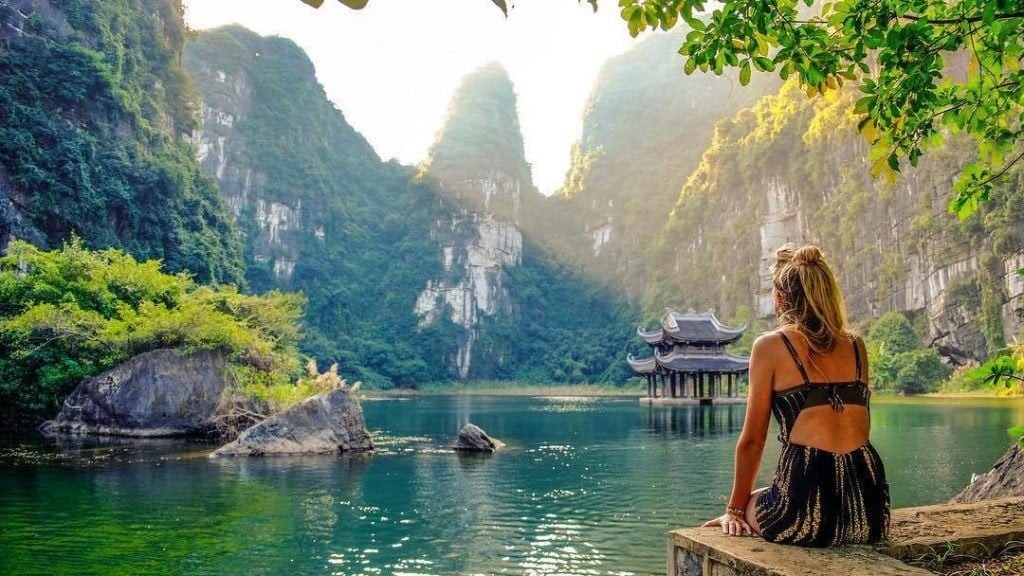Top 6 Most Extraordinary Architectural Masterpieces Of Abu Dhabi
From an oasis in the desert to a white canvas for archistars from all over the world, Abu Dhabi is the perfect city to experience creativity, an exotic atmosphere, urban panoramas, breath-taking constructions and futuristic architecture. With a stunning skyline boasting some of the tallest skyscrapers in the world and innovative buildings pushing the limits of architectural imagination like never before, it’s easy to see why. The first circular skyscraper, the first building reaching over 300 meters and the first structure with 30 floors above ground are all situated in this affluent Middle Eastern gem.
Abu Dhabi is the capital and the second-most populous city of the United Arab Emirates (after Dubai). The city of Abu Dhabi is located on an island in the Persian Gulf, off the Central West Coast. Most of the city and the Emirate reside on the mainland connected to the rest of the country. As of 2021, Abu Dhabi's urban area had an estimated population of 1.5 million, out of 2.9 million in the emirate of Abu Dhabi, as of 2016. The Abu Dhabi Investment Authority is headquartered in the city, and was the world's 5rd largest sovereign wealth fund in 2021. Abu Dhabi itself has over a trillion US dollars worth of assets under management in a combination of various sovereign wealth funds headquartered there.
1. Louvre Abu Dhabi
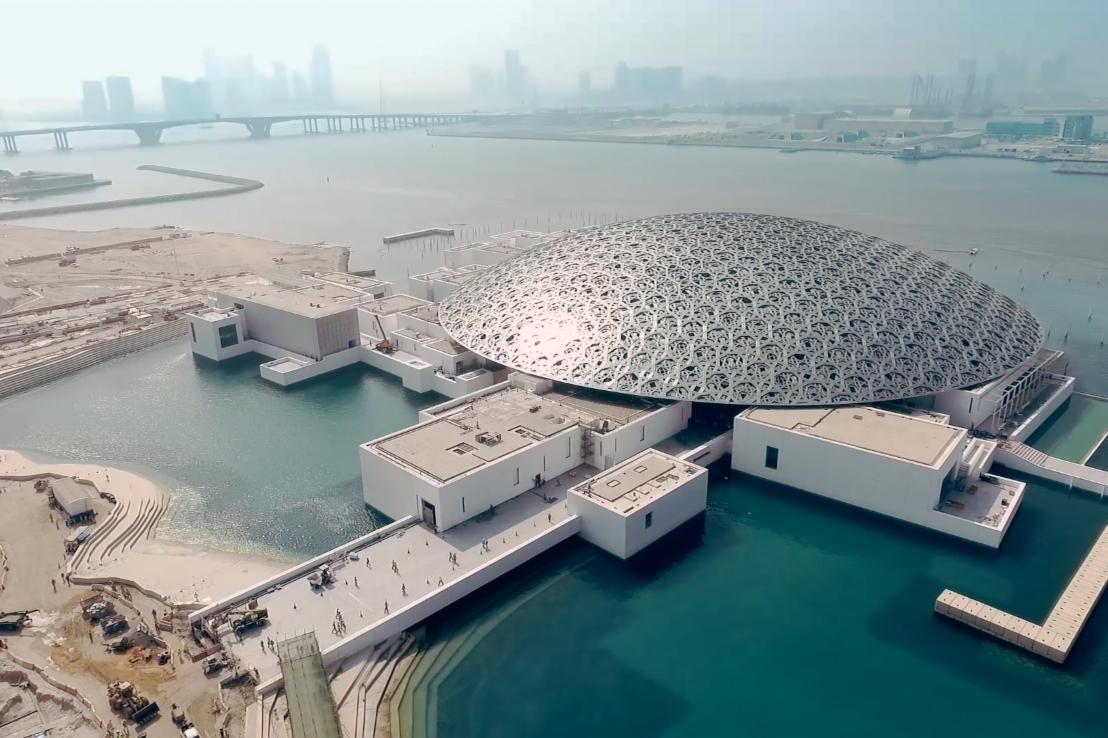 |
| Photo: ARTE Distribution |
The Louvre Abu Dhabi was inaugurated in 2017. The result of an unprecedented partnership between France and the United Arab Emirates, it is France’s largest cultural project abroad. There are three cornerstones to its success: its spectacular architecture, the richness of its permanent collection (thanks to loans from the Louvre and other French museums), and the quality of its temporary exhibitions.
Born out of an intergovernmental agreement signed between France and the United Arab Emirates on 6 March 2007, the Louvre Abu Dhabi is the first universal museum in the Arab world. It brings the Louvre name to Abu Dhabi and presents both ancient and contemporary works of historic, cultural and sociological interest from around the world.
The agreement involved thirteen French public cultural establishments under the umbrella of the Agence France-Muséums: the Musée du Louvre, the Centre Pompidou, the Public Establishment of the Musée d’Orsay and the Musée de l’Orangerie, the Bibliothèque Nationale de France (BnF), the Musée du Quai Branly, the Réunion des Musées Nationaux – Grand Palais, the Musée et Domaine National de Versailles, the Musée National des Arts Asiatiques Guimet, the Musée d’Archéologie Nationale – Domaine National de Saint-Germain-en-Laye, the École du Louvre, the Musée Rodin, the Domaine National de Chambord and the French Operator for Heritage and Cultural Building Projects (Oppic).
2. Capital Gate
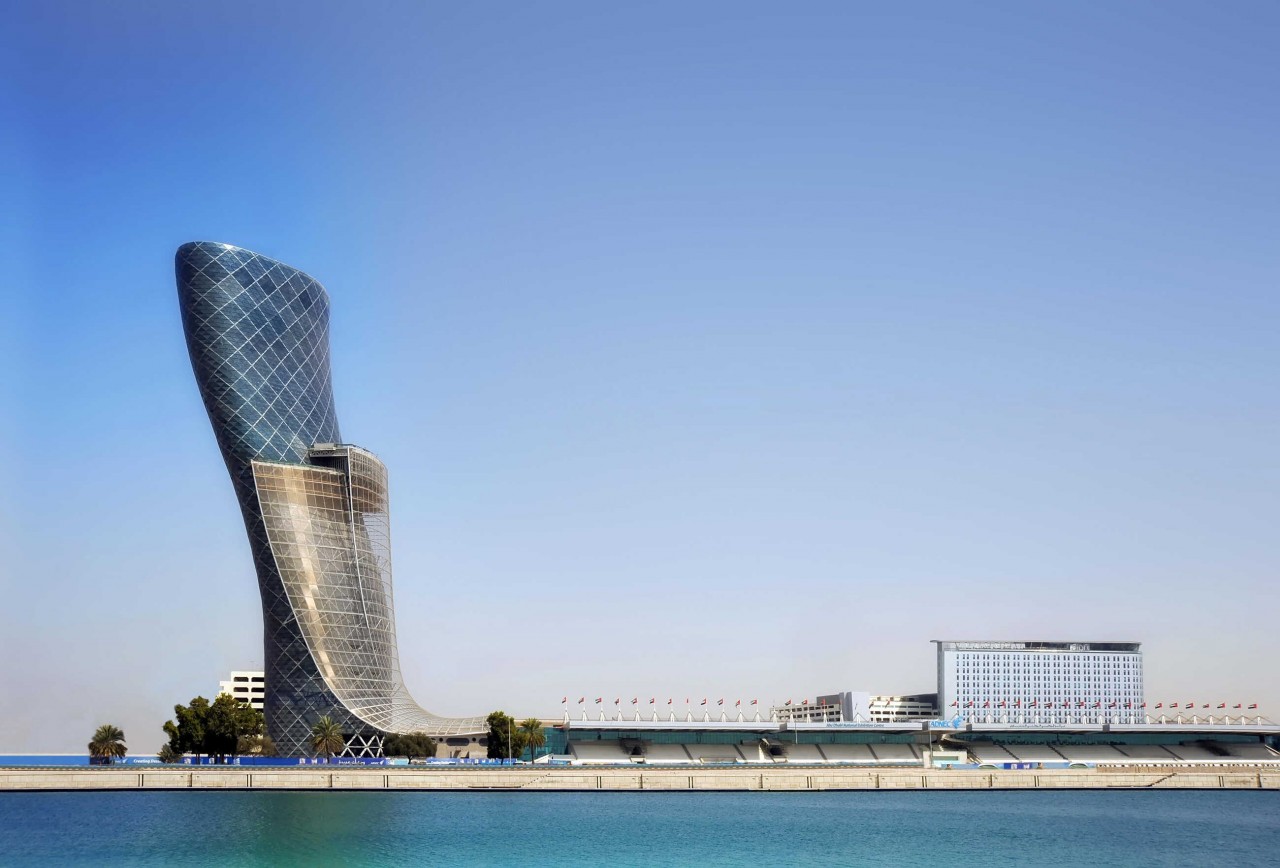 |
| Photo: Archello |
Capital Gate, also known as the Leaning Tower of Abu Dhabi, is a skyscraper in Abu Dhabi that is over 160 meters (520 ft) tall, 35 stories high, with over 16,000 square meters (170,000 sq ft) of usable office space. Capital Gate is one of the tallest buildings in the city and was designed to incline 18° west. The building is owned and was developed by the Abu Dhabi National Exhibitions Company. The tower is the focal point of Capital Centre.
The structure rests on a foundation of 490 pilings that have been drilled 30 meters (98 ft) below ground. The deep pilings provide stability against strong winds, gravitational pull, and seismic pressures that arise due to the incline of the building. Of the 490 pilings, 287 are 1 meter (3 ft 3 in) in diameter and 20 to 30 meters (66 to 98 ft) deep, and 203 are 60 centimeters (24 in) in diameter and 20 meters (66 ft) deep. All 490 piles are capped together using a densely reinforced concrete mat footing nearly 2 meters (6.6 ft) deep. Some of the piles were only initially compressed during construction to support the lower floors of the building. Now they are in tension as additional stress caused by the overhang has been applied.
The core of the Capital Gate was built using jumping formwork, also known as climbing formwork. The center concrete core had to be specially designed to account for the immense forces created by the building's angle of elevation, or camber. The core contains 15,000 cubic meters (20,000 cu yd) of concrete reinforced with 10,000 metric tons of steel and uses vertical post-tension and was constructed with a vertical pre-camber. This pre-camber means the core was constructed with a slight opposite lean. As each floor was installed, the weight of the floors and diagonal grid, or diagrid, system pulled the core and slowly straightened it out. The core contains 146 vertical steel tendons, each 20 meters (66 ft) long, which are used for post-tension.
3. Sheikh Zayed Grand Mosque
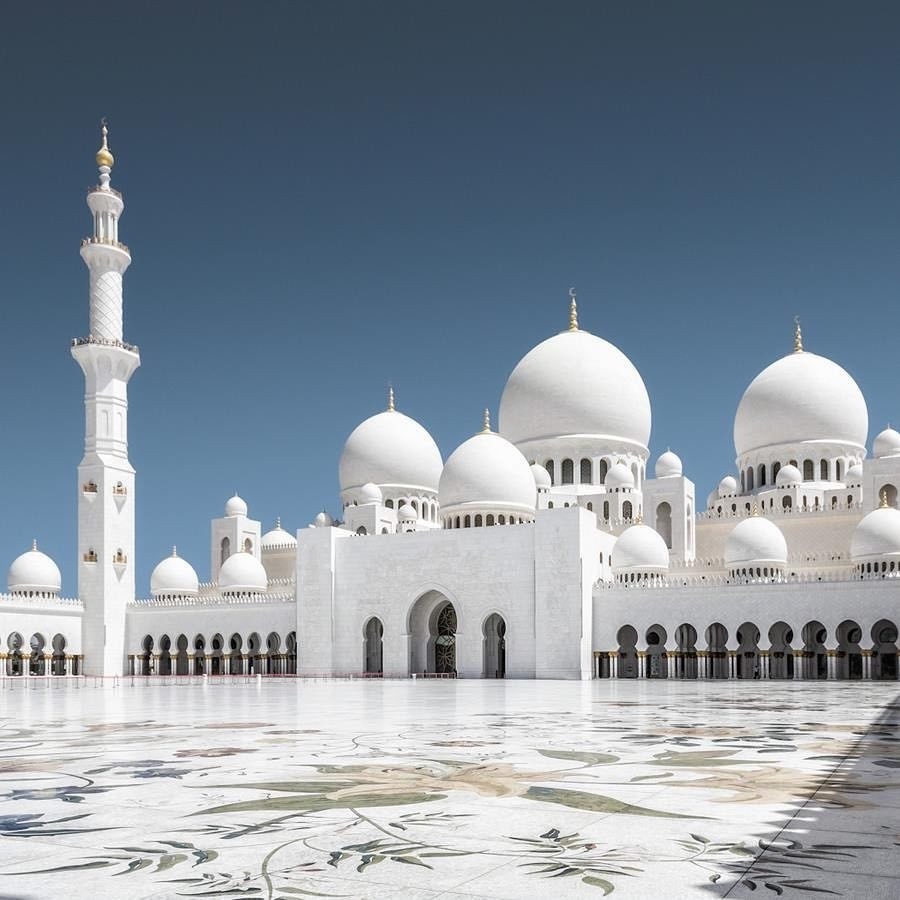 |
| Photo: Wikipedia |
The Sheikh Zayed Grand Mosque is located in Abu Dhabi, the capital city of the United Arab Emirates. The largest mosque in the country, it is the key place of worship for daily prayers. During Eid, it was visited by more than 41,000 people.
The mosque's architect Yusef Abdelki took inspiration from a number of sources: the Abu al-Abbas al-Mursi Mosque in Alexandria, designed by Mario Rossi in the 1920s; the Badshahi Mosque in Lahore, Pakistan; and other references of Persian, Mughal, and Indo-Islamic architecture. The dome layout and floorplan of the mosque was inspired by the Badshahi Mosque. Its archways are quintessentially Moorish, and its minarets classically Arab.
In a joint-venture between Italian contractors Impregilo and Rizzani de Eccher, more than 3,000 workers and 38 sub-contracting companies were conscripted in its construction. The mosque was completed under a second contract by a Joint Venture between ACC and Six Construct (part of Belgian company BESIX Group) between 2004 and 2007. Natural materials were chosen for much of its design and construction due to their long-lasting qualities, including marble stone, gold, semi-precious stones, crystals and ceramics. Artisans and materials came from many countries including India, Italy, Germany, Egypt, Turkey, Morocco, Pakistan, Malaysia, Iran, China, United Kingdom, New Zealand, North Macedonia and the UAE.
4. Etihad Towers
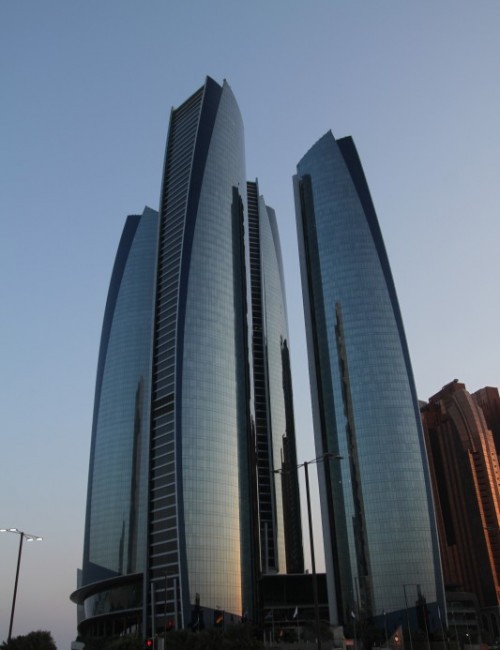 |
| Photo: Wikipedia |
Etihad Towers is a complex of buildings with five towers in Abu Dhabi, the capital city of the United Arab Emirates.
The towers are located opposite the Emirates Palace hotel and feature offices, apartments and a hotel. The estimated cost for the construction was 2.5 billion Dirhams. Towers 2 and 5 topped out in November 2010.
A year later, in November 2011, the Jumeirah at Etihad Towers Hotel which belongs to Jumeirah Group was opened in Tower 1. Tori No Su Japanese restaurant opened within the hotel in 2012. The hotel has been rebranded to Conrad Abu Dhabi Etihad Towers which opened doors in Tower 1 on October 1, 2020. The adjacent Tower 2 is (as of December 2012) the tallest building on Abu Dhabi island and the second tallest in Abu Dhabi after Sky Tower on Al Reem Island. Tower 2 has an observation deck on the 75th floor which is accessible from the hotel via a lower level linking podium.
The towers were used as a filming location for the 2015 film Furious 7. In the film, Dominic Toretto (Vin Diesel) and Brian O'Conner (Paul Walker) steal a Lykan HyperSport and drive it through three of the towers.
5. The Emirates Palace
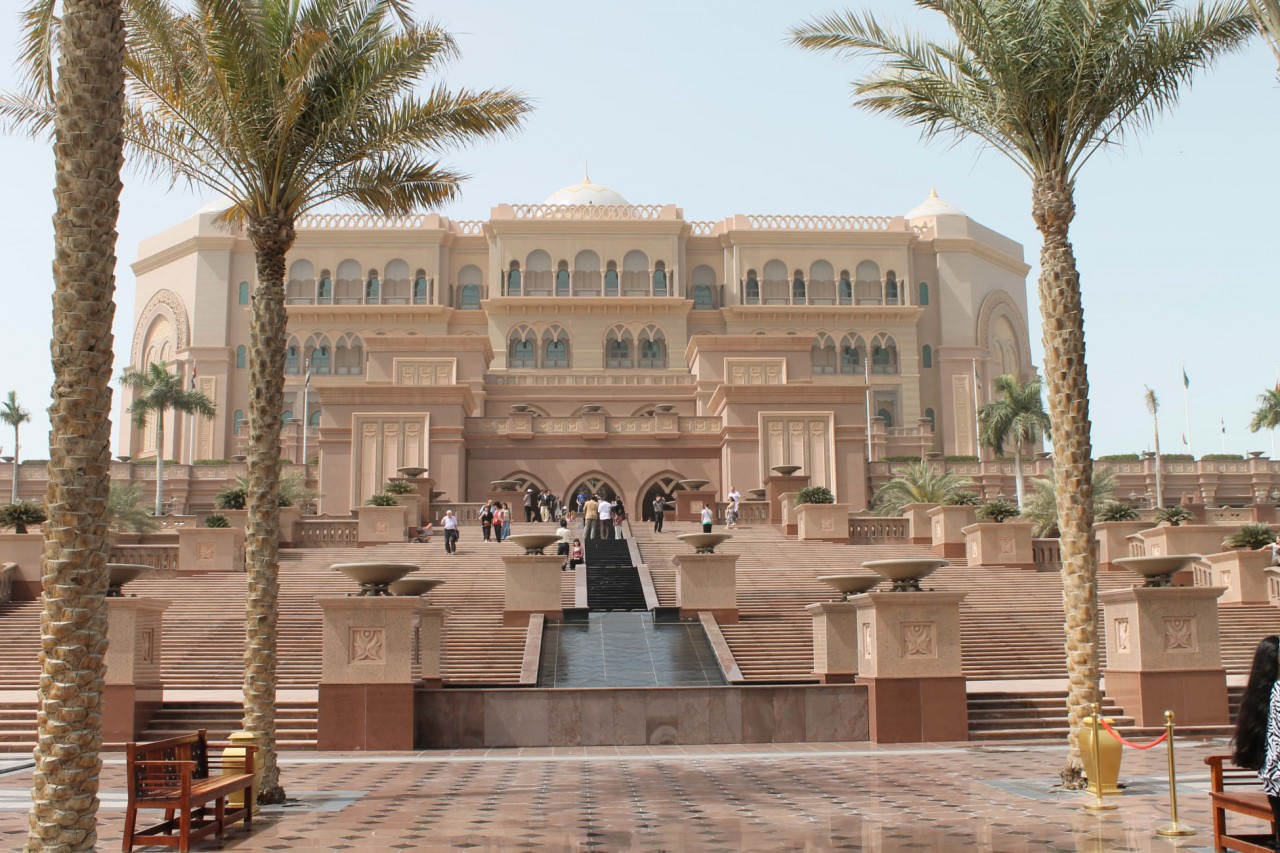 |
| Photo: Trivago |
The Emirates Palace is a luxury five star hotel in Abu Dhabi, United Arab Emirates. It has been operated by Mandarin Oriental as of Jan. 1, 2020. The hotel project was launched in December 2001 and was initially operated by Kempinski from its opening in Nov. 2005 until Jan. 1, 2020.
Due to the change in management, the Palace will be renovated over the course of two years, after which it will be fully rebranded as a Mandarin Oriental property.
The building was designed by British architect John Elliott (WATG architects) in collaboration with Reza Rahmanian (HDC Architects). The design of the hotel is a mix of Islamic architectural elements such as balance, geometry, proportion, rhythm and hierarchical emphasis alongside modern methods of design and construction. The central dome features elaborate geometrical patterns and 114 smaller domes are spread over the building. The colour of the building was inspired by different shades of sands found in the Arabian Desert. Construction, carried out by Belgian company BESIX, started in December 2001. The interior fit-out works were delivered by Depa Interiors, Abu Dhabi with the hotel opening its gates in February 2005. The construction costs were around 3 billion USD (11.02 billion AED) making it the third most expensive hotel ever built, surpassed by the Cosmopolitan of Las Vegas in Las Vegas (3.9 billion USD) and the Marina Bay Sands in Singapore (5.5 billion USD).
6. Qasr Al Hosn
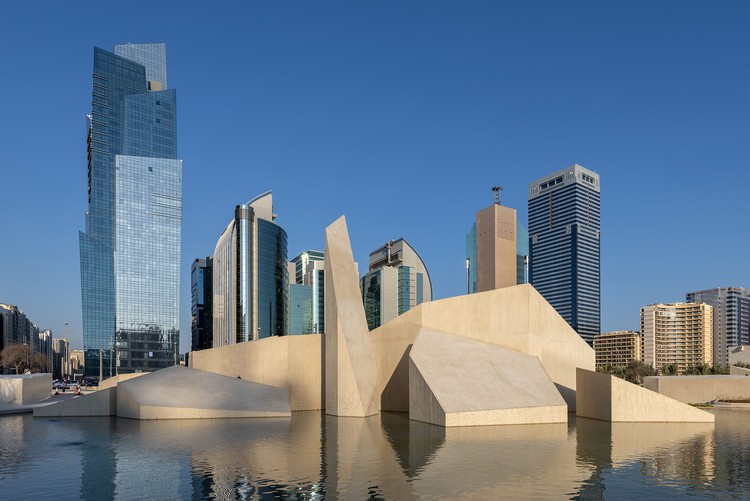 |
| Photo: ArchDaily |
The Qasr al-Hosn is a historical landmark and the oldest stone building in the city of Abu Dhabi, the capital of the United Arab Emirates. It was designed by Mohammed Al Bastaki and built in 1761.
Qasr al-Hosn, also known as the White Fort (originally not white in colour but painted bright white during 1976–1983 renovations) or Old Fort, was constructed in 1761 as a conical watchtower to defend the only freshwater well in Abu Dhabi island. The tower was later expanded into a small fort in 1793 by the then ruler, Shakhbut bin Dhiyab Al Nahyan, and became the permanent residence of the ruling Sheikh. The tower took its present shape after a major extension in the late 1930s, aided by revenues received for granting the first oil license in Abu Dhabi. It remained the emir's palace (hence the name Qasr al-Hosn, meaning Palace fort) and seat of government until 1966. The fort has been developed several times and is now partially open to the public.
The Qasr al-Hosn is currently the subject of extensive historical, archaeological, and architectural research. The fort houses a museum displaying artifacts and pictures representing the history of the country. It also has a range of weapons, used through the region's history, on display.
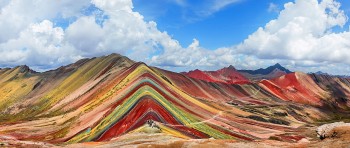 | The Most Colorful Mountains In The World When people think of mountains, they are only green and gray of the trees and rocks. But some mountains in the world have vibrant and ... |
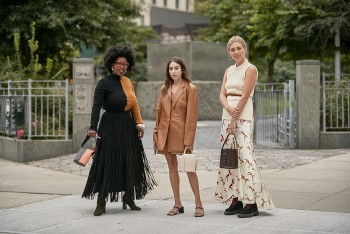 | Top 6 Most Fashionable Cities In The United States From the buzzing New York to Chicago, these 6 cities proudly claim their thrones in the modern fashion trends, creativity and make their own distinctive ... |
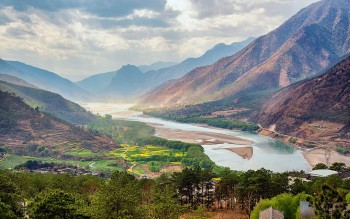 | Top 6 Most Breathtaking Rivers You Can Visit In The World Not only famous for their natural beauty, but these rivers are also an important part of the cultural and spiritual life of many people living ... |
Recommended
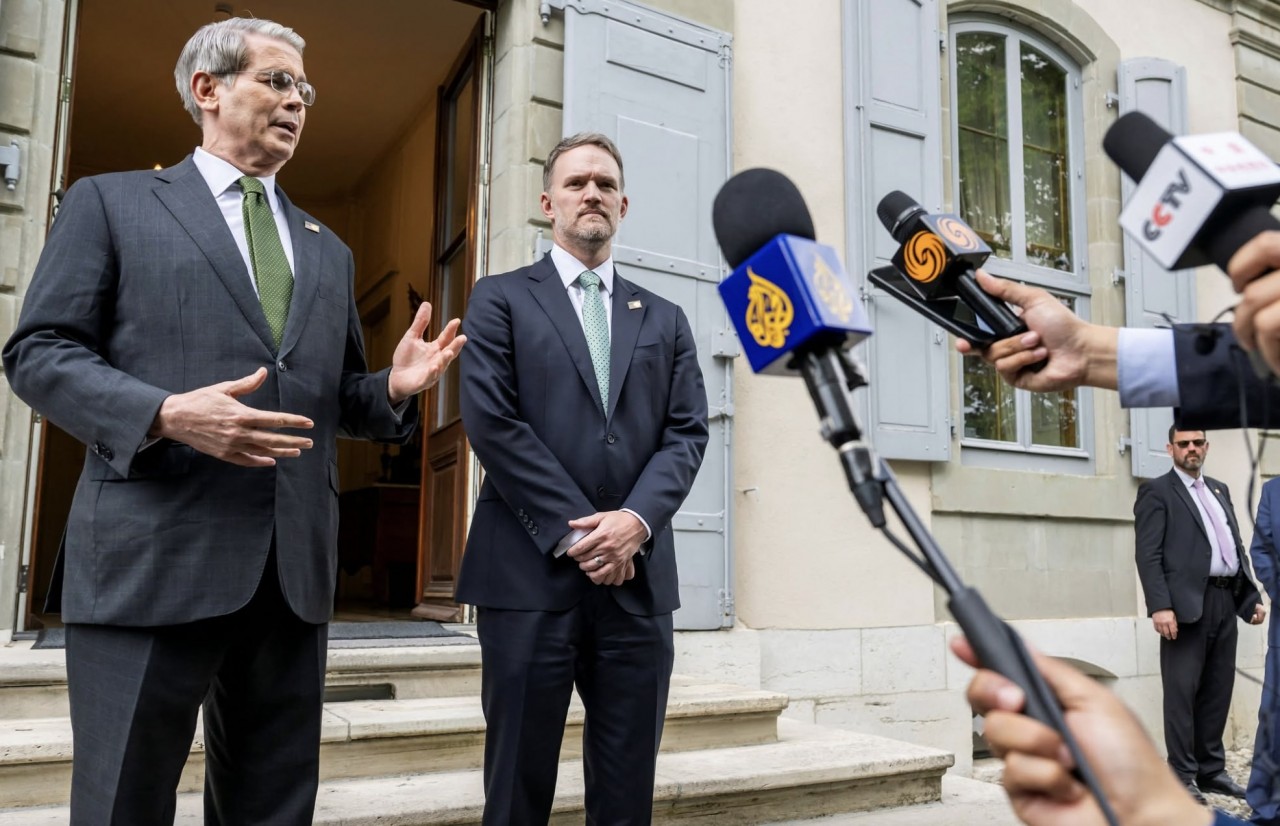 World
World
US, China Conclude Trade Talks with Positive Outcome
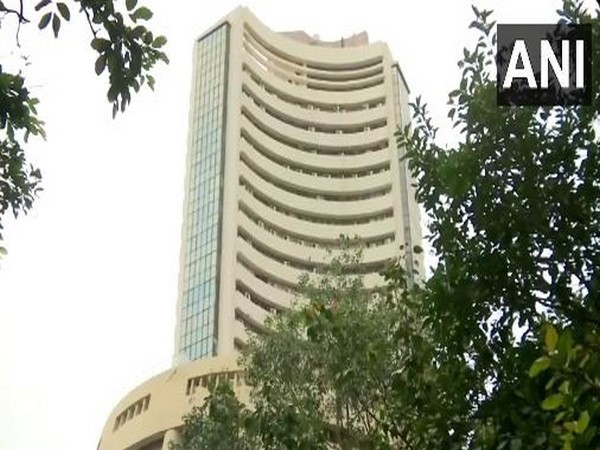 World
World
Nifty, Sensex jumped more than 2% in opening as India-Pakistan tensions ease
 World
World
Easing of US-China Tariffs: Markets React Positively, Experts Remain Cautious
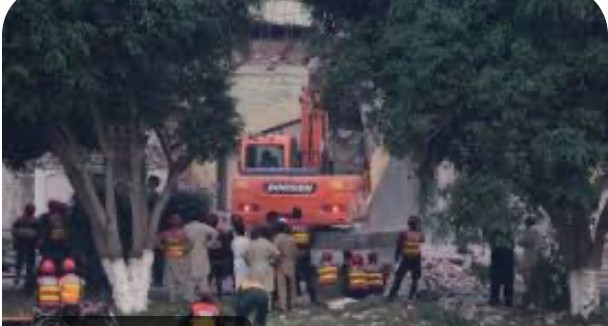 World
World
India strikes back at terrorists with Operation Sindoor
 World
World
India sending Holy Relics of Lord Buddha to Vietnam a special gesture, has generated tremendous spiritual faith: Kiren Rijiju
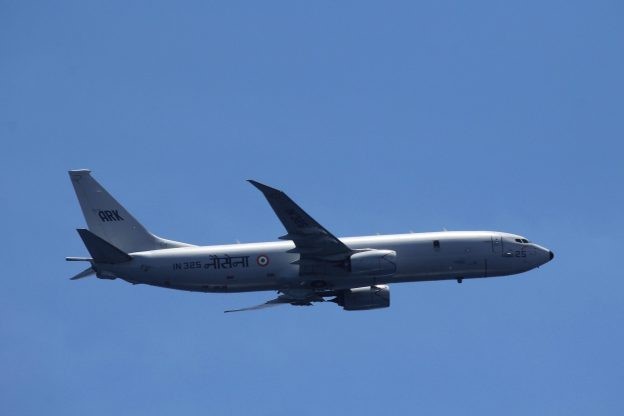 World
World
Why the India-US Sonobuoy Co-Production Agreement Matters
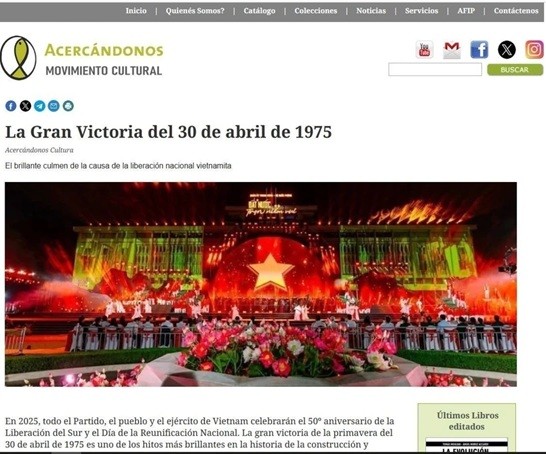 World
World
Vietnam’s 50-year Reunification Celebration Garners Argentine Press’s Attention
 World
World

